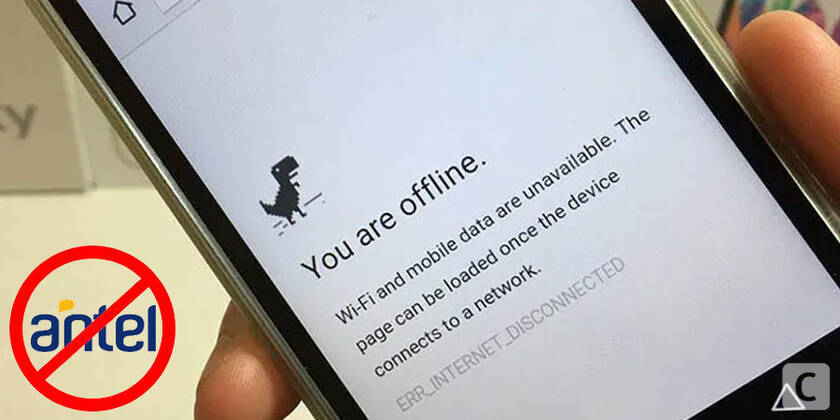RIO DE JANEIRO, BRAZIL – Thinking about life in pre-pandemic times is difficult, but what is certain is that the global health scenario has revealed the successes and failures of countries in their commitment to digital transformation.
Health, education and work, to mention three central vectors of human life, were linked to the possibility of development in virtual scenarios and, in this respect, Uruguay is a good example.

With respect to the digitalization of its administration, “the little country,” as it is known by its 3.5 million inhabitants, has had positive experiences pointing to the future; delving deeper into one of the vectors mentioned above, the health sector is a good example: for 9 years Uruguay has been working on the Salud.uy website, initially conceived as a support tool for the integrated national benefits system, which in March 2019 transferred the first electronic medical records and now covers the entire population.
The same approach was adopted by the app launched just over a year ago to centralize information about Covid-19, CoronavirusUy, which today could also work as a health passport.
But how many Uruguayans are currently connected to the Internet? A survey shows that some 22,716 people do not have access to the Internet, in addition to the 394,101 who do but use 2G services. In addition to this disconnected or poorly connected population, there are some 390,986 inhabitants with 3G, while the great majority – 2,693,447 Uruguayans – have 4G or LTE (Long Term Evolution-3.5G).
The data describing this situation were made public by Guzmán Acosta y Lara, Uruguay’s national director of Telecommunications, in which he points out that the disconnected or poorly connected in Uruguay make up a gap that is expected to be closed before the end of the current administration, which started in March 2020 and will run for five years.
To meet this challenge, the official estimated that US$12 million will need to be invested and between 100 and 120 4G signal repeater antennas will have to be installed, while he said that 5G services would be available before the end of the year.
“People have changed the way they use the Internet and consume more data; they need more download and upload. This requires a more agile and powerful connection. That is why we consider that the ideal is to migrate to full 4G,” said Acosta y Lara.
In this scenario, there are “challenges” related to areas that are not “entirely profitable” for the deployment of infrastructure, although the aim is to equalize the services offered in urban centers with those in more remote areas, while accepting that work is underway to “structure” the auction conditions for high-speed mobile Internet, calling for interested parties to bid for the 3.5 megahertz band.
“The government’s goal is to reach every corner of the country with the same technology in Montevideo as in the interior. LTE currently seems to be the most reasonable option. At the same time, the goal is to prepare for the arrival of 5G technology, which will start in September this year, when the bandwidth auction will be completed,” added the official.
The proceeds from the 3.5 GHz band auction should be used to strengthen the available infrastructure “in areas where there is a shortage” to achieve the goal of offering total connectivity in the country, rather than being used exclusively by the national Treasury, as occurred in 2019 when the US$46 million raised from the two 2.6 megahertz bands auctions were allocated to the National Telecommunications Administration (ANTEL) and Telefónica.
It is also noteworthy that Uruguay is the first country in Latin America to develop 5G Internet, whose deployment took its first steps in 2019 in the towns of La Barra de Maldonado and Nueva Palmira.
Currently, the country is undergoing several discussions that suggest a possible redefinition of its telecommunications scenario, marked by the progress of discussions to enact a new Media Law and to achieve number portability.
Source: Telesemana

